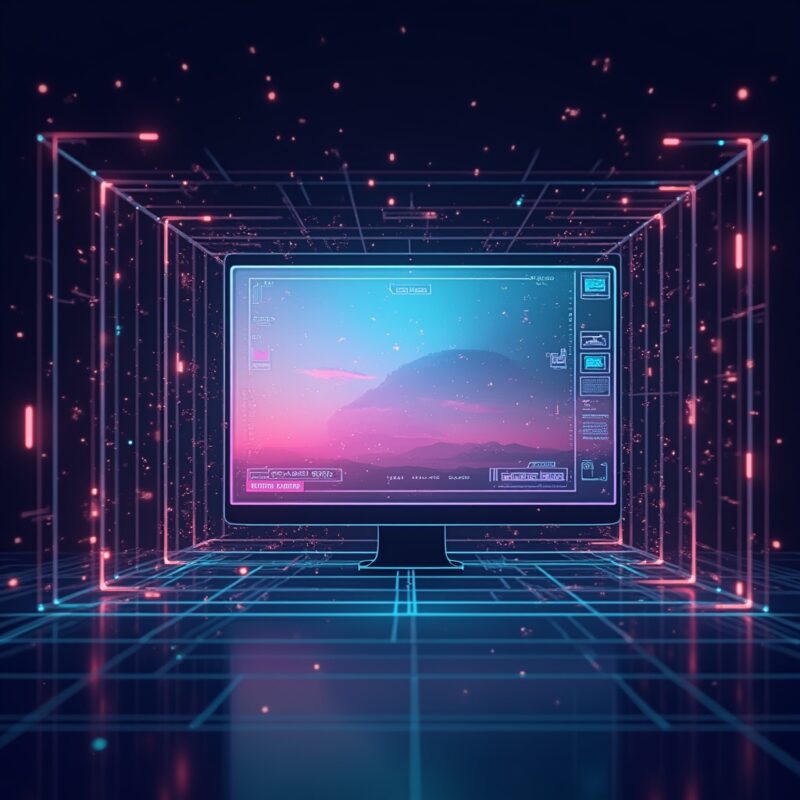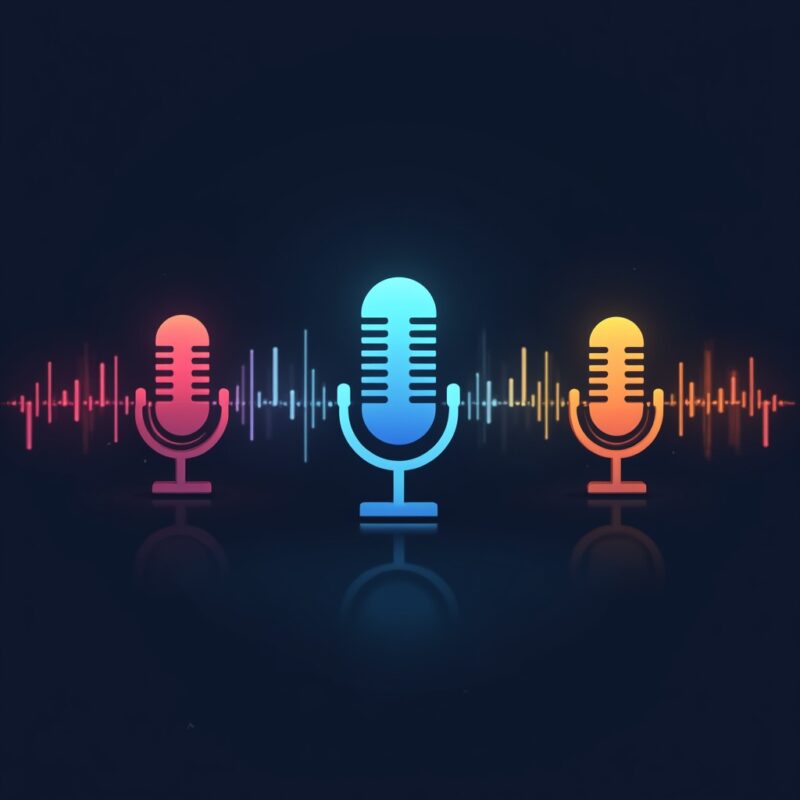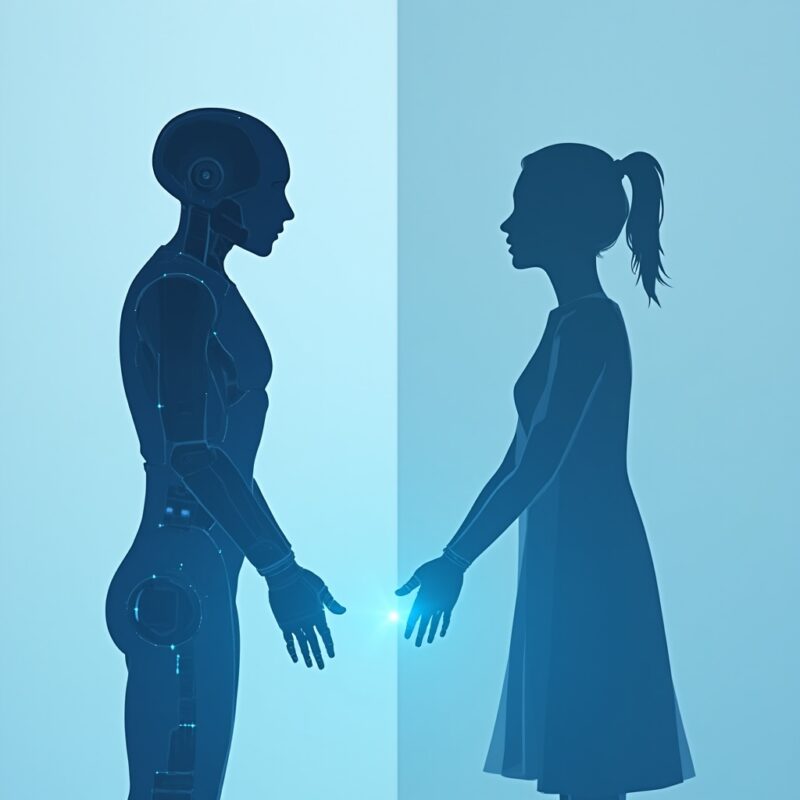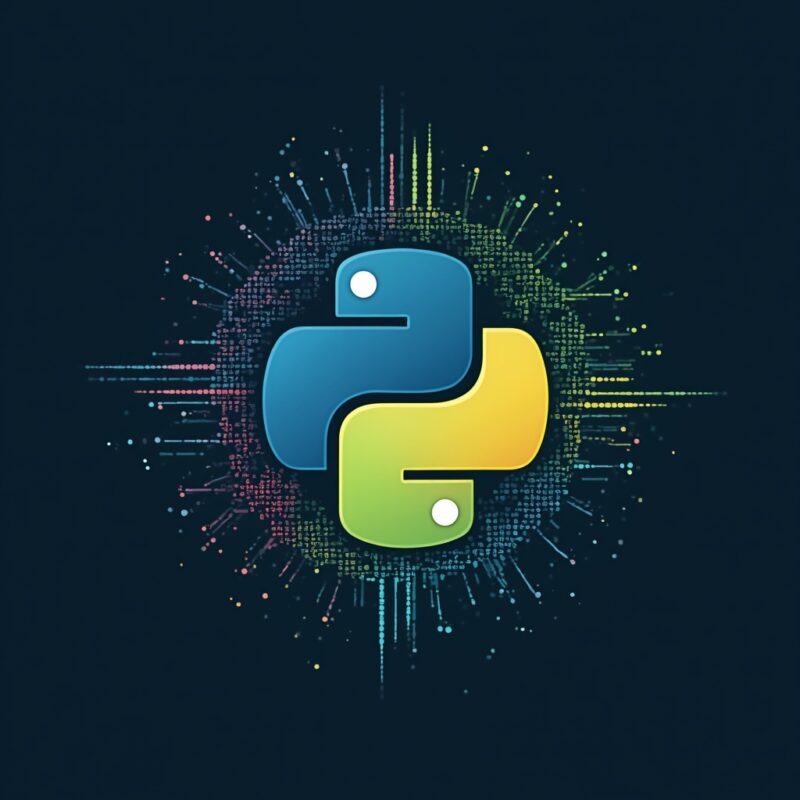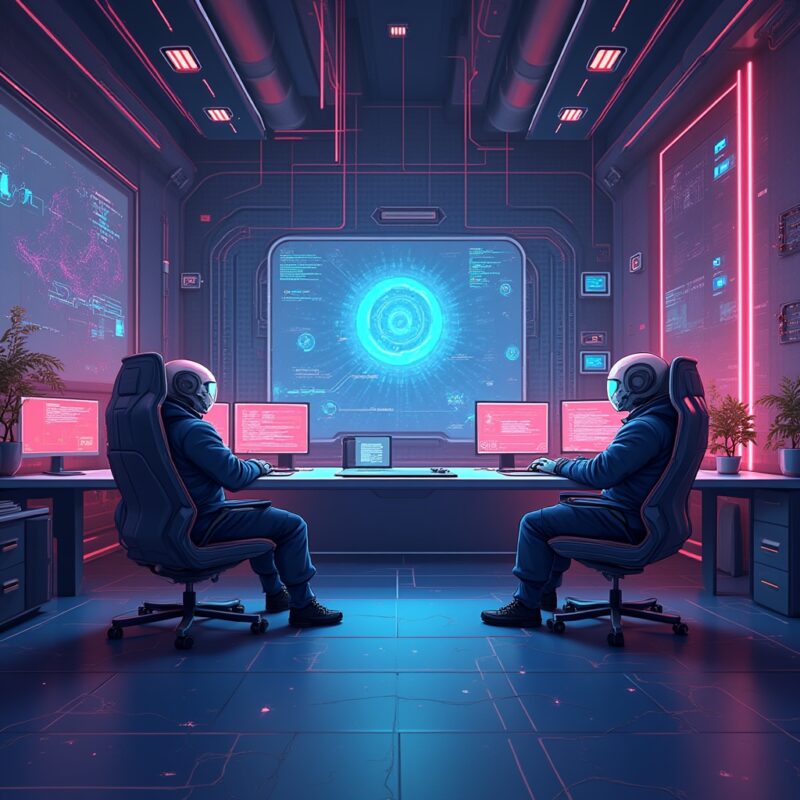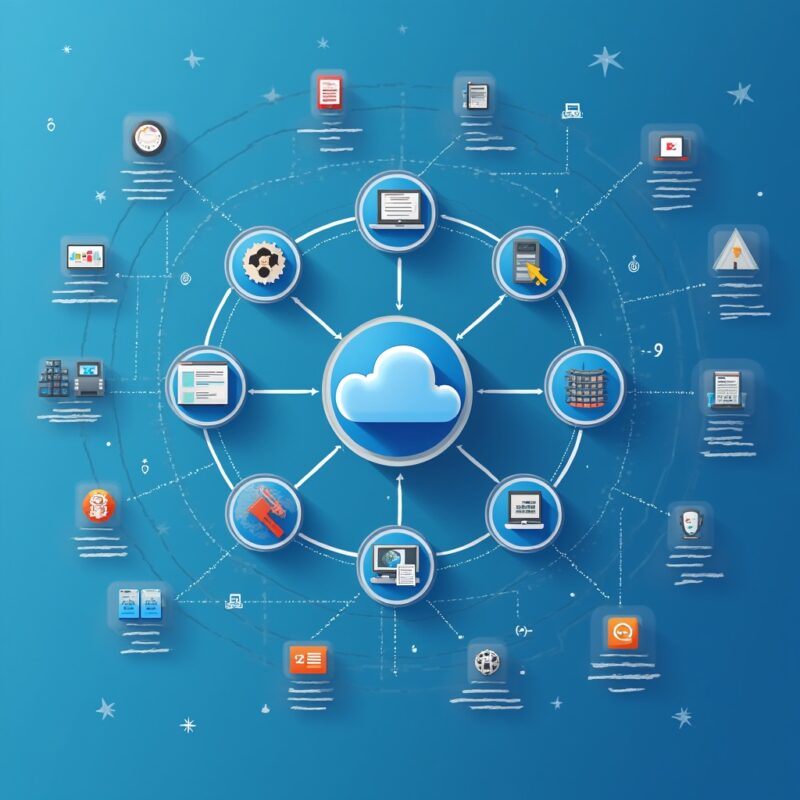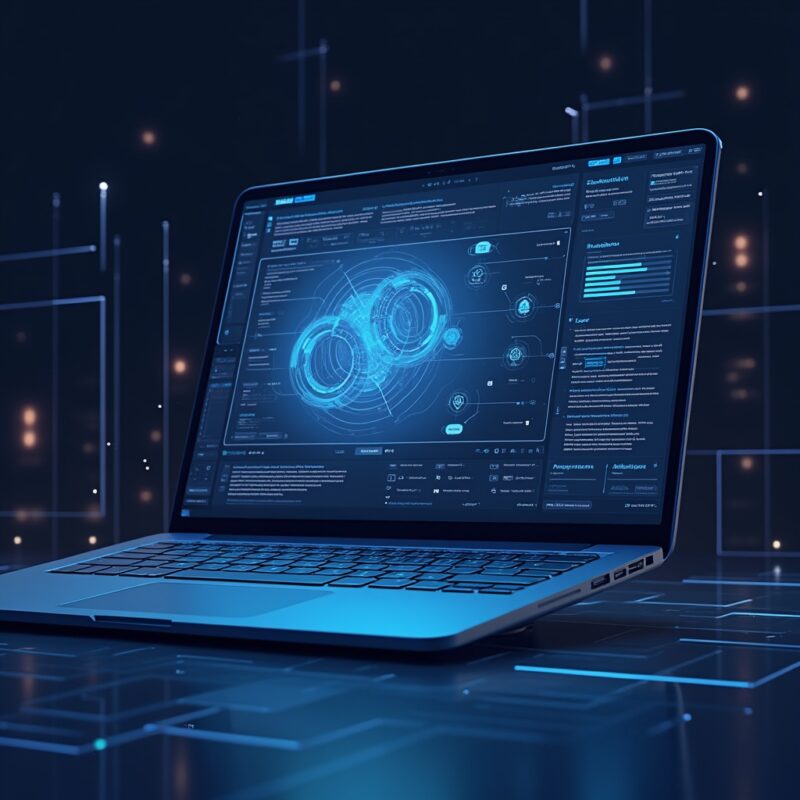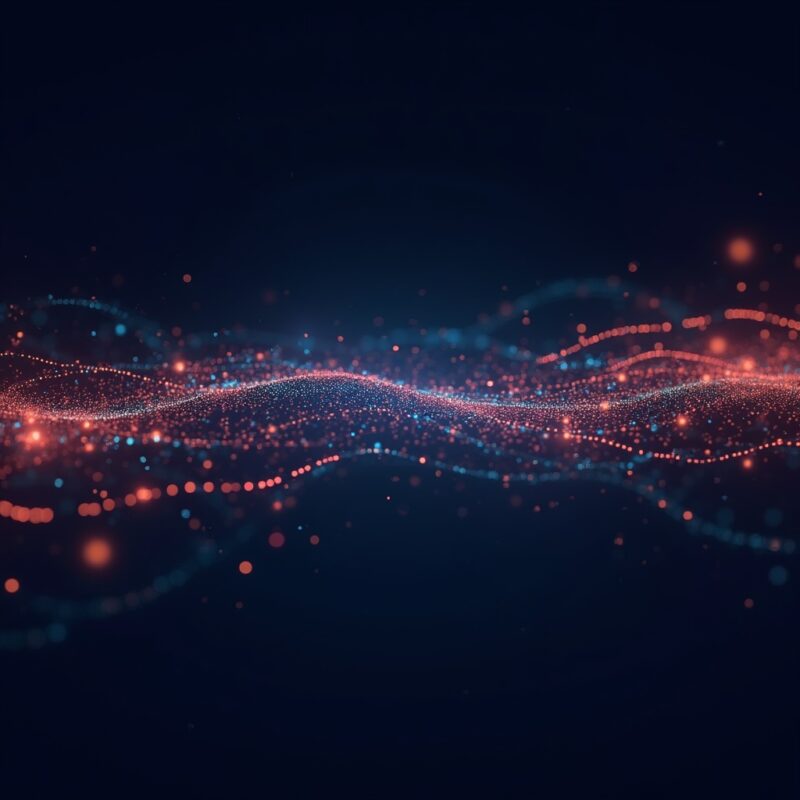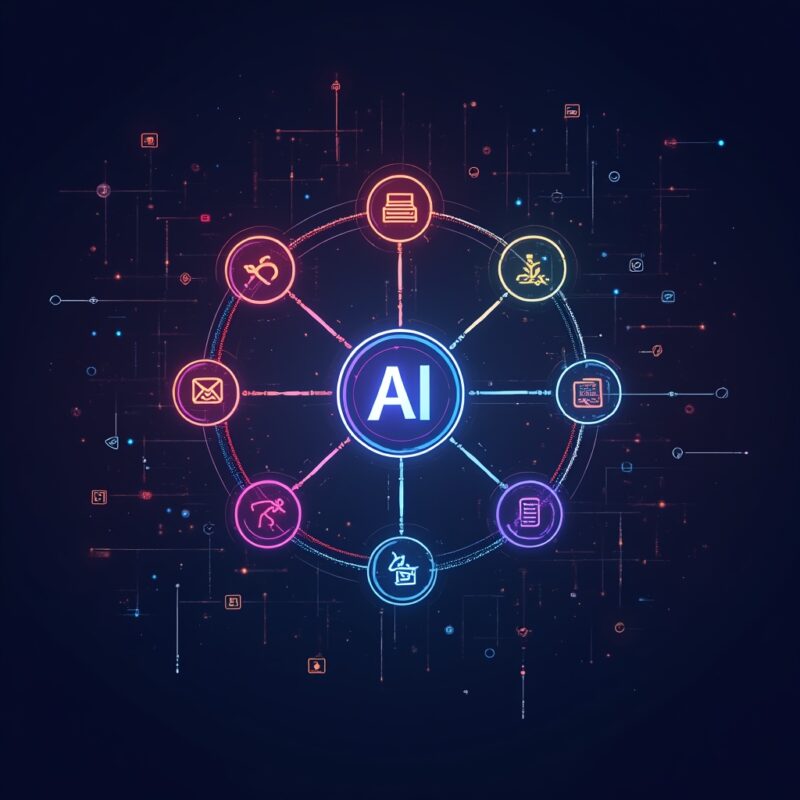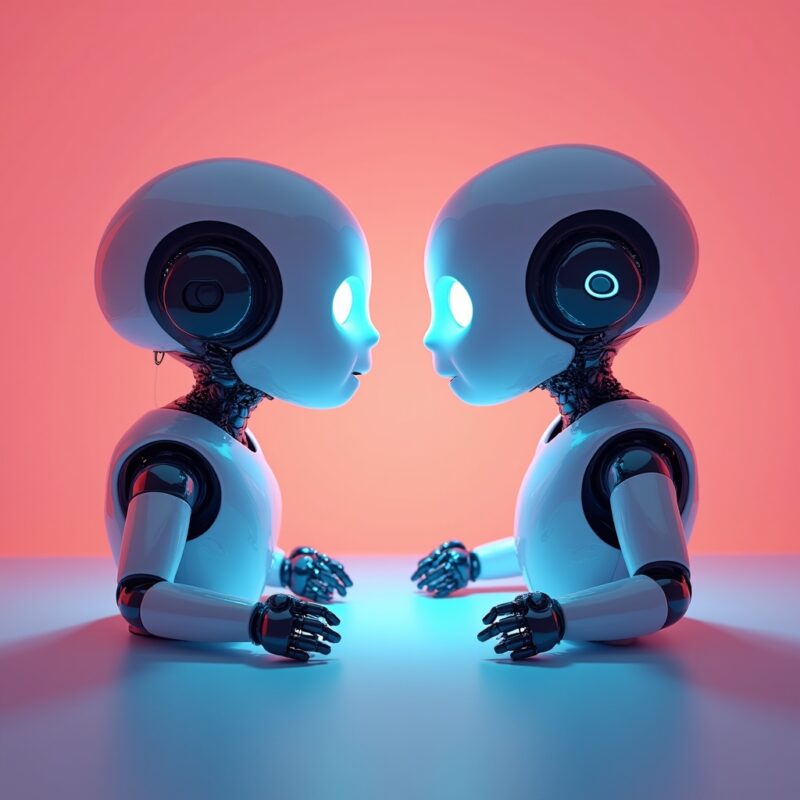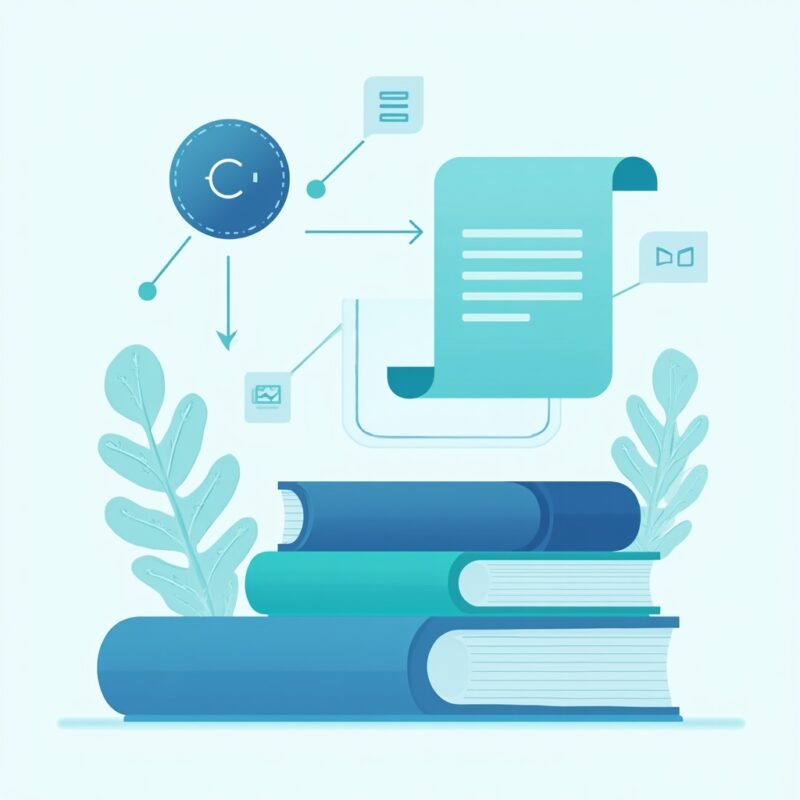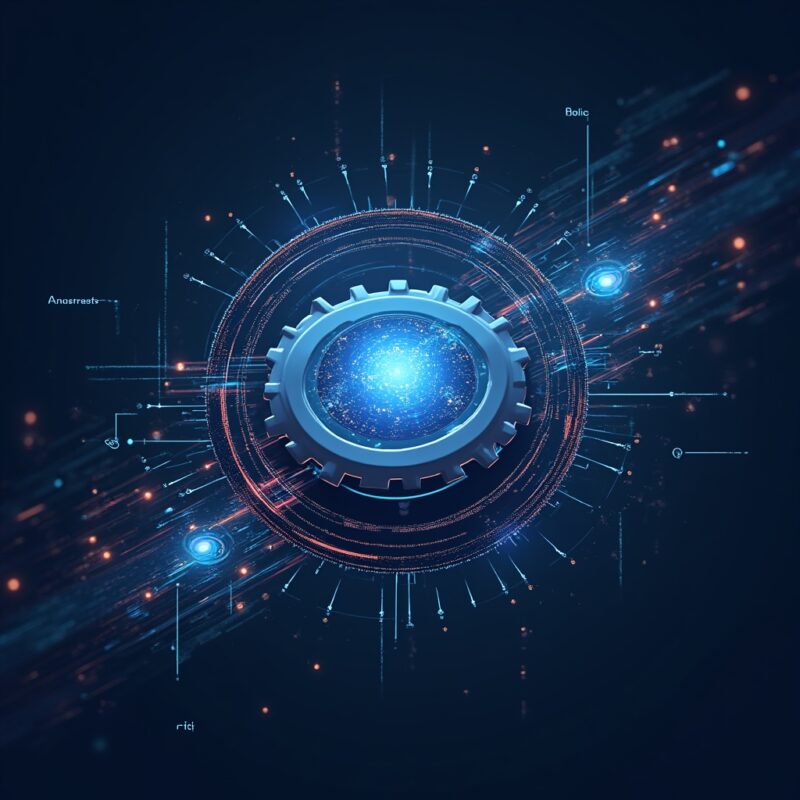AI Character Generator: Bring Fictional Personas to Life
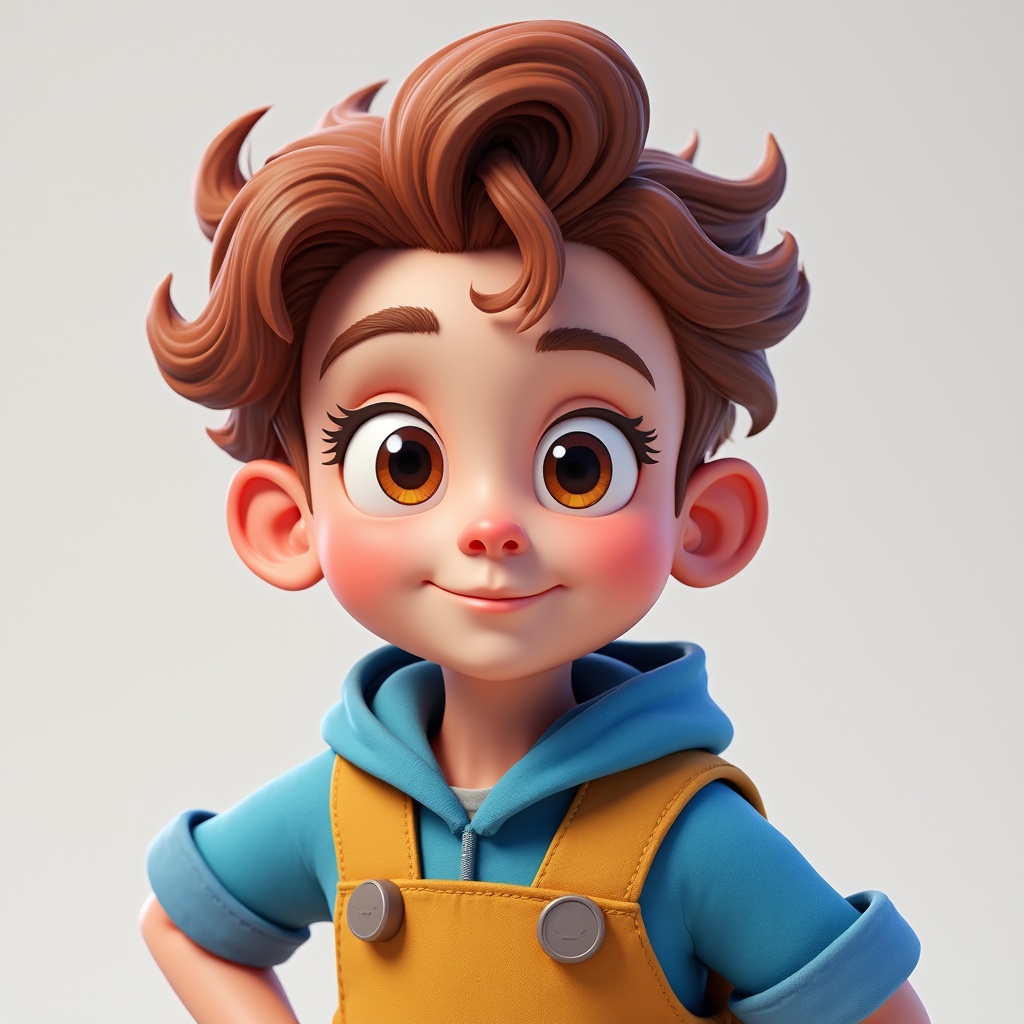
AI character generators use advanced algorithms to help writers, game developers, and creatives build compelling fictional personas with distinctive traits, appearances, and backgrounds—streamlining the character creation process while enhancing depth and believability.
Bringing Characters to Life: The Magic of AI Character Generators
I was staring at my screen at 2 AM, desperately trying to flesh out this side character for my novel. You know that feeling—when you need someone who feels real but isn’t just another cardboard cutout of the last three characters you wrote? My coffee had gone cold (for the third time), my notes were a jumbled mess, and I was seriously considering making this character “mysteriously mute” just to avoid writing dialogue.
Then I stumbled upon an AI character generator. Thirty minutes later, I had a fully-realized person with quirks, fears, a distinctive speech pattern, and even a childhood trauma involving a carnival clown that explained her irrational fear of balloon animals. It wasn’t just a character—it was someone I could practically hear breathing.
Let’s break down how these magical little tools are revolutionizing the way we create fictional personas, shall we?
What Exactly Is an AI Character Generator?
An AI character generator is essentially a creative writing assistant on digital steroids. These sophisticated tools use artificial intelligence algorithms to develop fully-realized fictional personas based on parameters you provide—or sometimes, just from the ether of its training data.
Unlike teh traditional character worksheets that make you manually answer 50 questions about your character’s favorite breakfast cereal and childhood pets, AI generators can:
- Instantly create complete character profiles
- Generate consistent personality traits and quirks
- Develop backstories with interconnected elements
- Visualize character appearances (some tools)
- Create speech patterns and dialogue samples
Think of them as collaborative partners rather than just tools—they suggest possibilities you might never have considered, while you maintain creative control over the final result.
Why Character Generators Matter for Storytellers
Remember those epic tabletop gaming sessions where the DM somehow kept track of 30 different NPCs, each with distinct personalities? Or how the best novels make you feel like the characters might walk off the page and sit down next to you? That depth doesn’t happen by accident.
Character generators matter because they address the most fundamental element of compelling stories: believable people with authentic motivations.
Breaking Through Writer’s Block
We’ve all been there—staring at that blinking cursor, struggling to move beyond “tall, dark, and handsome” or “spunky redhead with attitude.” AI character generators offer instant inspiration when your creative well runs dry.
They’re particularly valuable for:
- Supporting characters who need depth without taking over the narrative
- Creating consistent NPCs for gaming campaigns
- Developing antagonists with understandable motivations
- Expanding diversity in your fictional worlds
Learn more in
AI Generator Text: Transform How You Create Content
.
How AI Character Generators Actually Work
Behind the colorful interfaces and character portraits lies some seriously impressive technology. Most AI character generators operate using large language models (LLMs) or specialized neural networks trained on vast amounts of literary, film, and gaming content.
The Technical Bits (Don’t Worry, I’ll Keep It Simple)
These systems analyze patterns in how characters are described, how they behave, and how their backstories influence their actions. When you provide inputs—whether specific traits or just a general concept—the AI applies these learned patterns to generate coherent, nuanced character profiles.
The best generators use what’s called “contextual understanding” to ensure all aspects of your character make sense together. That goth teenager probably isn’t also the cheerleading captain (unless that contrast is deliberately part of their characterization!).
Getting Started: A Beginner-Friendly Guide
- Choose your generator based on your specific needs (visual, narrative, gaming, etc.)
- Start with basic parameters like age, gender, and role in your story
- Review and refine the AI’s suggestions, keeping what resonates
- Iterate by requesting variations or specific aspects you want to develop
- Personalize by adding your own touches to make the character truly unique
The magic happens in that space between what the AI suggests and what you choose to keep, modify, or expand upon. It’s collaborative creativity at its finest!
Busting Myths About AI Character Creation
Let’s address the dragon in the dungeon: there are some persistent misconceptions about using AI for character development that deserve debunking.
Myth #1: “AI-generated characters are generic and bland.”
Reality: Modern AI character generators produce remarkably unique personas. The bland results people complain about usually come from providing minimal input or accepting first drafts without refinement. The secret is in the collaboration between human creativity and AI assistance.
Myth #2: “Using AI is ‘cheating’ for real writers.”
Reality: Professional writers have always used tools—from character worksheets to writing software. AI generators are just another resource in your creative toolkit. The skill lies in how you implement, adapt, and breathe life into these characters through your storytelling.
Myth #3: “AI will create the same character types for everyone.”
Reality: With proper prompting and customization, you’ll get wildly different results from someone else using the same tool. Most generators have such vast parameter spaces that the chances of duplicate characters are astronomically small—especially once you add your own refinements.
Real-World Applications: Beyond Just Stories
While novelists and game masters were early adopters, AI character generators have found surprising applications across various creative industries:
Game Development
Indie game developers use these tools to populate their worlds with distinctive NPCs, each with dialogue trees and behaviors that would have taken weeks to develop manually. Some studios even use them to create initial character concepts that their design teams then refine.
Educational Scenarios
Teachers are using character generators to create simulated historical figures or fictional case studies for students to analyze. Medical educators create patient personas for training scenarios, complete with medical histories and personal backgrounds.
UX/UI Design
User experience designers create detailed user personas to better understand their target audiences. AI generators help develop comprehensive fictional users with consistent needs, preferences, and behaviors—making it easier to design products that truly serve their intended audience.
Interactive Experiences
Museums and cultural institutions are developing AI-generated historical or fictional guides that visitors can “converse” with. These personas make educational content more engaging and memorable through personal connection.
Learn more in
AI Generator Text: Transform How You Create Content
.
What’s Next? The Future of AI Character Creation
As someone who’s been watching this space evolve (and occasionally yelling “IT’S ALIVE!” when a particularly good character emerges), I’m excited about where we’re headed. The future of AI character generation looks promising in several directions:
- Dynamic characters that evolve based on narrative choices and interactions
- Cross-platform integration that allows your characters to move between writing tools, visual generators, and voice synthesis
- Collaborative world-building where multiple creators can work with AI to develop interconnected character networks
- Deeper psychological modeling for more authentic character growth and reactions
The line between character generator and true storytelling partner gets blurrier every day—and that’s exciting for creators of all kinds. The tools are getting smarter, but they’re still in service to human creativity and imagination.
Whether you’re drafting your next novel, designing a game, or just exercising your creative muscles, AI character generators offer a powerful starting point. The characters may begin in algorithms, but they come to life through your unique vision and storytelling.
Now if you’ll excuse me, I need to go finish that novel. My AI-assisted carnival-phobic character is about to face her fears in the third act, and I can’t wait to see how she handles it!

